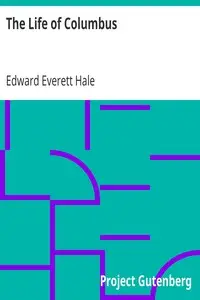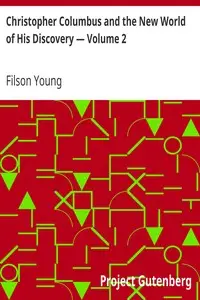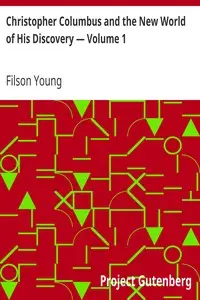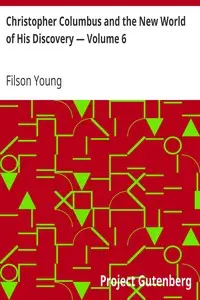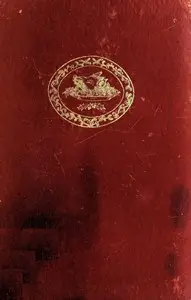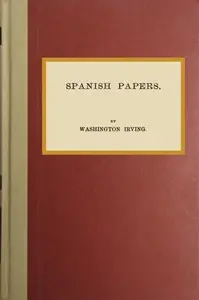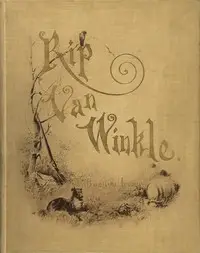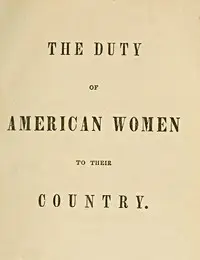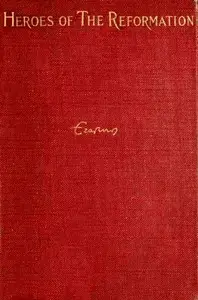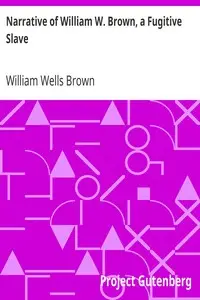"The Life and Voyages of Christopher Columbus (Volume II)" by Washington Irving is a story that explores Christopher Columbus’s journeys and struggles as he engages with the New World and its people, especially after reaching Hispaniola. It kicks off with Columbus's brother, Don Bartholomew, trying to bring order to the colony while dealing with local leaders and rebellions. Bartholomew attempts to create peace with people like Anacaona, but faces trouble from the Spanish settlers, creating political drama and showing the sad results of ambition and greed.

The Life and Voyages of Christopher Columbus (Volume II)
By Washington Irving
In a world of exploration, one man's quest to settle a new land is challenged by clashing cultures, treacherous betrayals, and the insatiable hunger for power.
Summary
About the AuthorWashington Irving was an American short-story writer, essayist, biographer, historian, and diplomat of the early 19th century. He wrote the short stories "Rip Van Winkle" (1819) and "The Legend of Sleepy Hollow" (1820), both of which appear in his collection The Sketch Book of Geoffrey Crayon, Gent. His historical works include biographies of Oliver Goldsmith, Muhammad, and George Washington, as well as several histories of 15th-century Spain that deal with subjects such as the Alhambra, Christopher Columbus, and the Moors. Irving served as American ambassador to Spain in the 1840s.
Washington Irving was an American short-story writer, essayist, biographer, historian, and diplomat of the early 19th century. He wrote the short stories "Rip Van Winkle" (1819) and "The Legend of Sleepy Hollow" (1820), both of which appear in his collection The Sketch Book of Geoffrey Crayon, Gent. His historical works include biographies of Oliver Goldsmith, Muhammad, and George Washington, as well as several histories of 15th-century Spain that deal with subjects such as the Alhambra, Christopher Columbus, and the Moors. Irving served as American ambassador to Spain in the 1840s.

